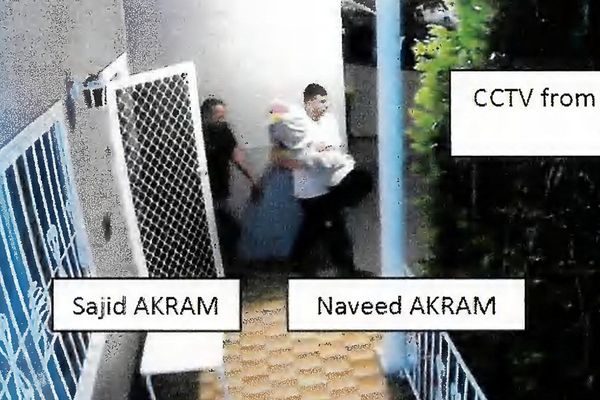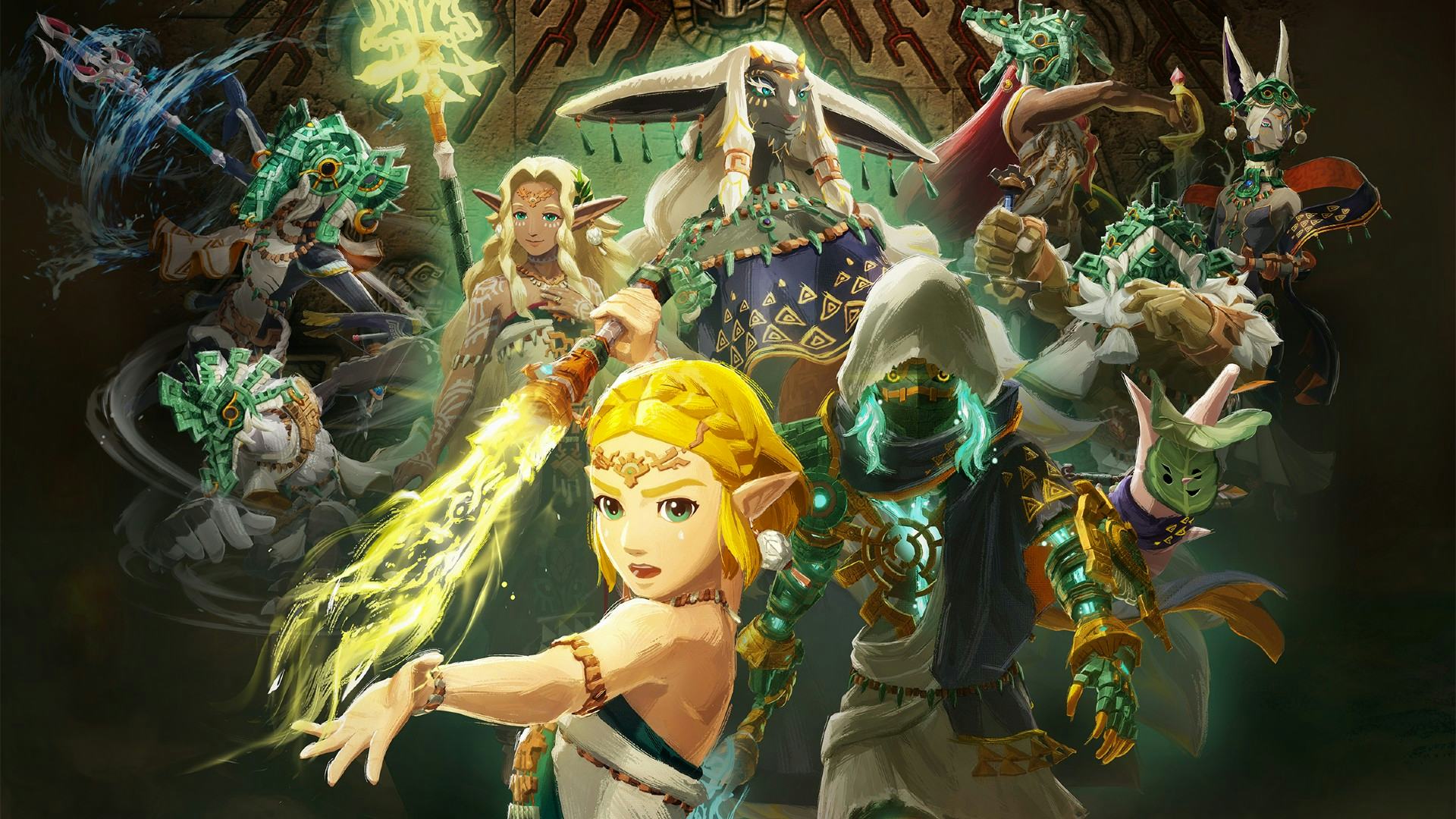
I’ve probably played two dozen “Warriors” games in my lifetime, hacking down an uncountable number of enemy grunts in hundreds of battles — so I thought I mostly knew what I was getting into with Hyrule Warriors: Age of Imprisonment. And while this pseudo-sequel does pack in plenty of action-packed battles, I genuinely did not expect that this would be the closest thing we’ve gotten to a new Star Fox game where you can fly and shoot in nearly a decade. That’s right, there’s basically a mini Star Fox game in your Warriors game.
Age of Imprisonment essentially does the exact same thing as the previous game, Hyrule Warriors: Age of Calamity, in that it’s an action-focused experience that tells the prequel story to The Legend of Zelda: Tears of the Kingdom. But it’s also a sort of sequel to Age of Calamity — directly building on the systems and mechanics of that game, while integrating the unique elements of Tears of the Kingdom. What results is one of the strongest Warriors games we’ve seen in years, and a story that genuinely enhances Tears of the Kingdom.
Of Koroks and Constructs
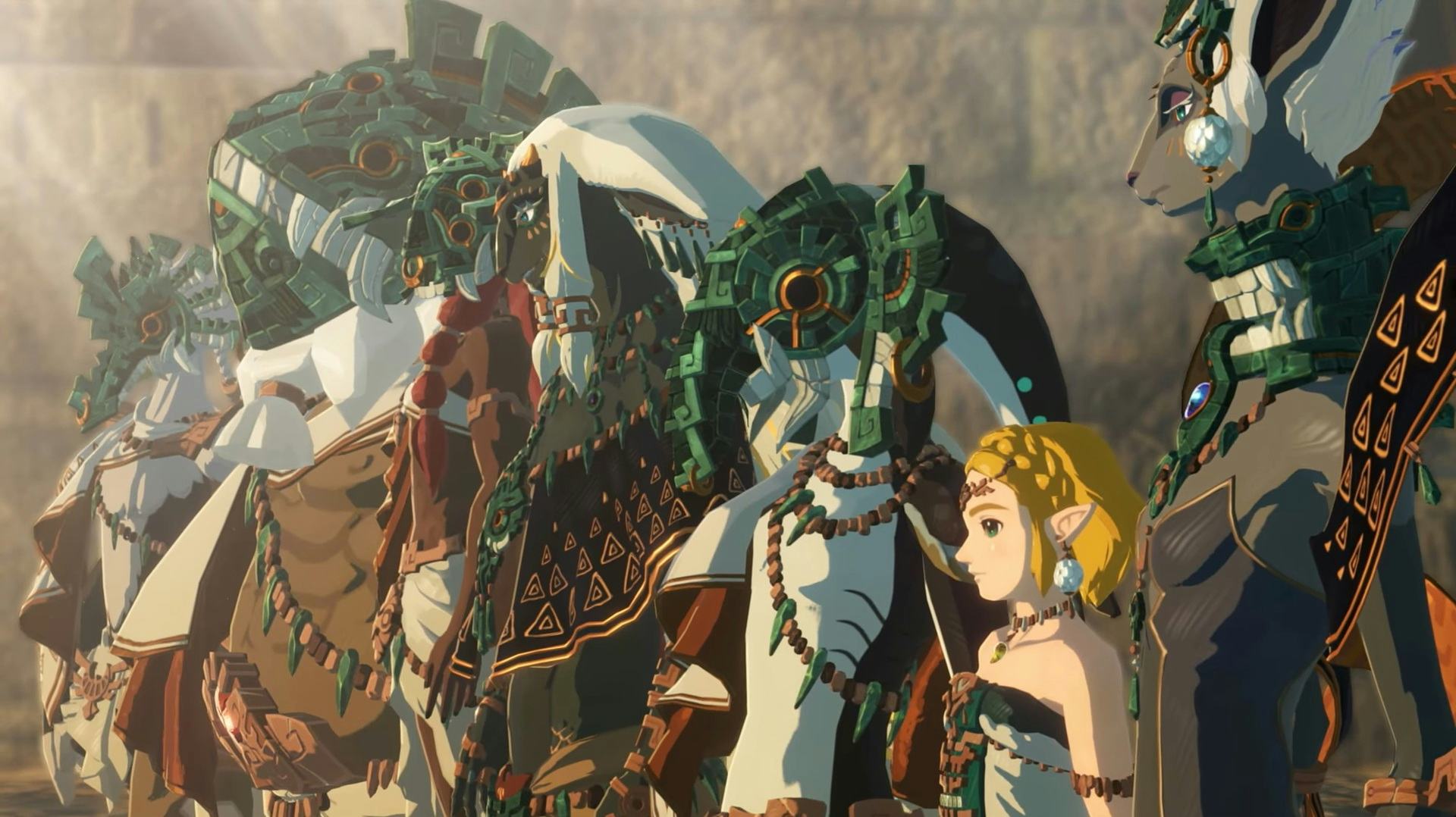
Age of Imprisonment tells the story of the Imprisoning War against Ganandorf, which eventually led to the events of Tears of the Kingdom. It takes place entirely in the distant past, when Princess Zelda meets and helps King Rauru and Queen Sonia. Just like Age of Calamity, it’s a prequel, but done much, much better this time around.
That’s largely because Age of Imprisonment really hones in on the struggle of its cast of characters, and ditches all the time-travel alternate timeline mumbo jumbo of the previous game. This is a story about the desperate fight to save Hyrule itself. And, in particular, this game adds some of my absolute favorite Zelda characters of this current Zelda universe.
Early on, you’re introduced to a being called the “Mysterious Construct,” discovered by a little Korok named Calamo. The Mysterious Construct is an ancient Zonai technology given life, a voiceless being that seems benevolent. The nature of this being is a core mystery.
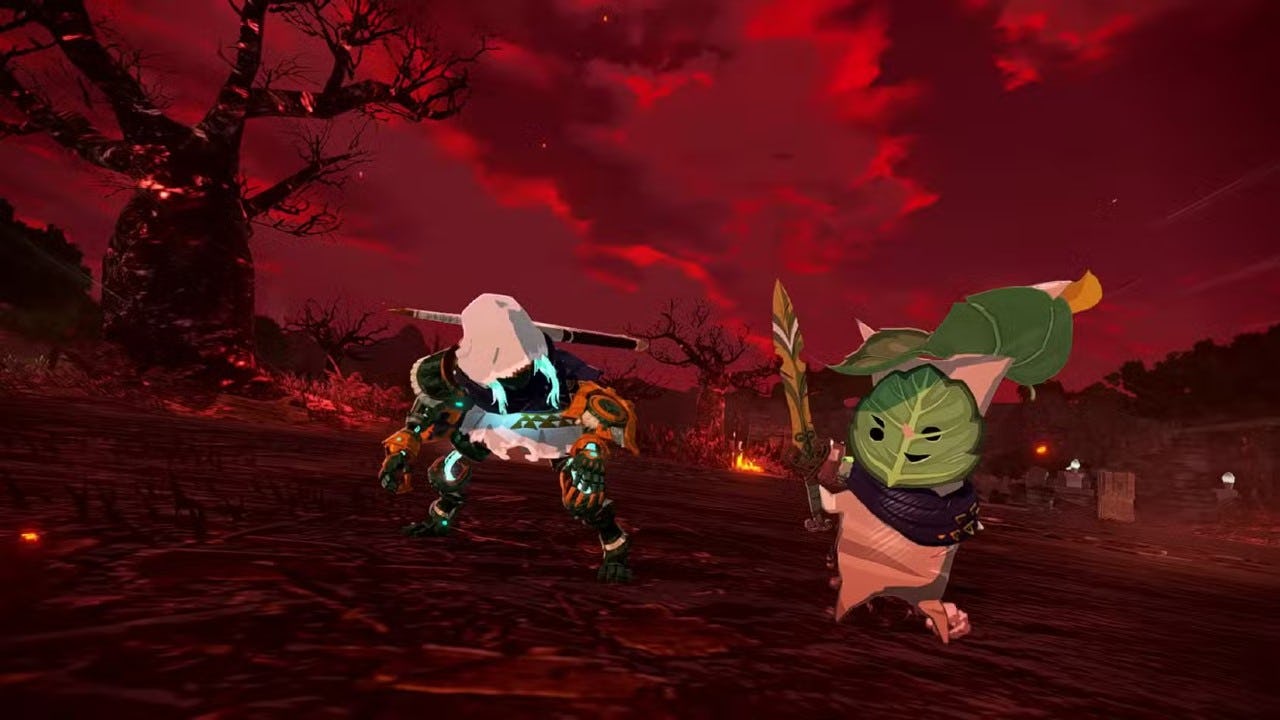
But the relationship between Calamo and the Construct turns out to genuinely be my favorite part of the entire game — a kind of buddy-cop story in the world of ancient Hyrule. Calamo himself is basically a Robin Hood Korok, and the pair instill such mischievous energy to every scene and section they’re in that it’s infectious. There are interesting things happening with other characters, but the dynamic between these two steals the show.
Outside of that, Age of Imprisonment has a mostly entertaining, well-paced story that helps flesh out the history of Hyrule and these characters even more. It’s not revolutionary, by any means, but if you already love what’s in Tears of the Kingdom, you’ll find a lot to love.
But what’s even more surprising about Age of Imprisonment is how it manages to polish the systems of the previous game to a fine sheen, while packing in some surprises to boot.
The Good Fight
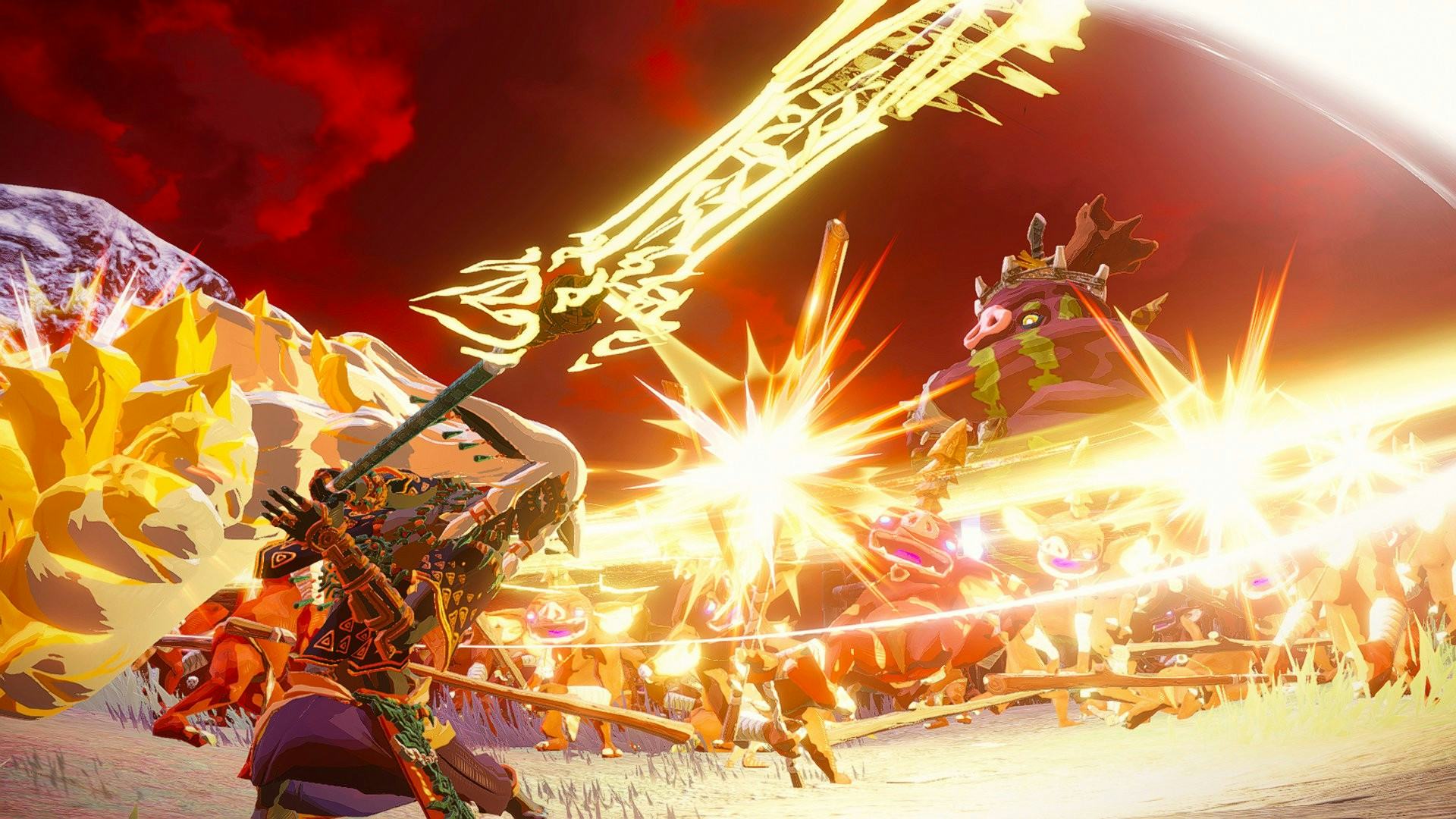
If you aren’t familiar with the format of Warriors games, it’s fairly easy to explain the setup. Essentially, you’re playing through a series of massive battles where you fight hundreds of enemies and a handful of bosses, conquering enemy bases while you try to gain control of the battlefield.
What’s interesting about Age of Imprisonment is how it emphasizes specific elements of the Warriors formula. That’s something that all of Koei Tecmo’s adaptations have done — Persona 5 Strikers was all about party cooperation and exploiting weaknesses, and Fire Emblem Warriors doubled down on strategic elements that let you command allies. Hyrule Warriors has always focused on the core combat and giving characters diverse movesets — and Age of Imprisonment takes that to the extreme while also integrating the effects of the Zonai Devices in Tears of the Kingdom. These items use the battery gauge and let you apply and deal status effects, like using the Frost Emitter to freeze an enemy, or the Hydrant to wash mud armor off enemies.
The core structure of Age of Imprisonment is entirely focused on taking over bases and fighting bosses. You don’t need to control the battlefield like in the Fire Emblem games, and allies largely can’t do damage to enemies — they’re only there to help support you. A good way to think of it is that this is a character action game (like Devil May Cry) grafted onto the bones of the Warriors structure — but it works. But this ties into another new element, Sync Strikes. When two characters have their Sync Gauges built, they can team up for a destructive combo attack. But what’s really cool about these is that different combos of characters have wildly different attacks. Calamo and the Construct turn into a glider to do a bombing run, Zelda and Raura unleash a massive stream of light beams, and Mineru and Zelda summon a massive, hulking construct you get to play as. Finding all the different Sync combinations is a blast and helps inject even more variety into battles.
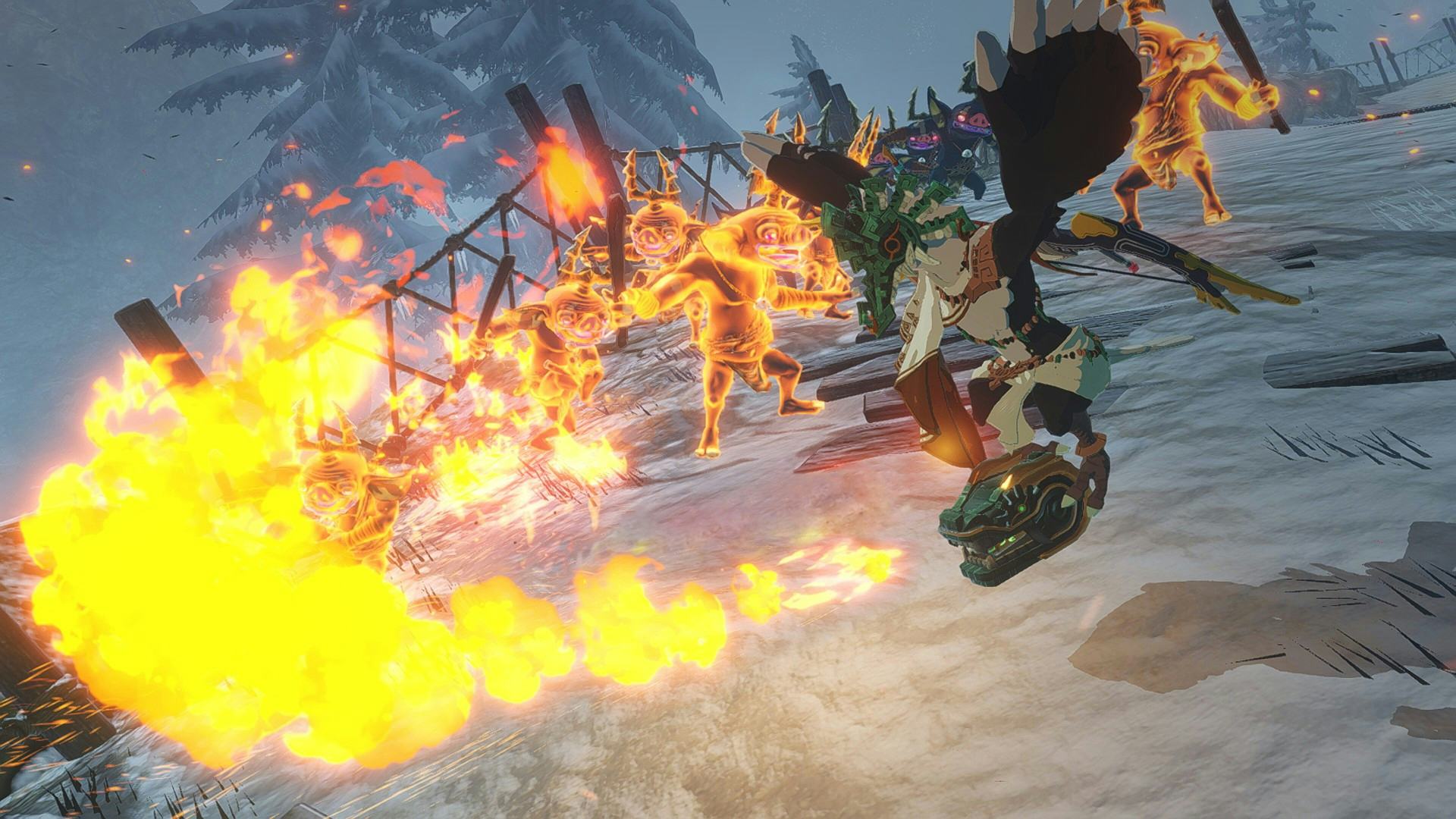
Every single playable character in Age of Imprisonment feels completely distinct, and that’s a real achievement. Even past that, a lot of characters have their own unique mechanics. For example, the Gerudo warrior Ronza wields a massive two-handed sword, and timing her attacks just right (with an on-screen prompt) will give them a power boost. Meanwhile, Zelda’s attacks use the time pause ability, letting you catch enemies in multiple attacks by rewinding them.
The Construct itself is, mechanically, one of the most fascinating characters Koei Tecmo has ever created for a Warriors game. It has a fairly dynamic moveset from the get-go, but grows in complexity when you unlock the ability to equip Zonai devices to each combo, integrally changing how they work. On top of that, you can use Tears of the Kingdom’s combination system to graft enemy items on your weapon, unleashing a special attack. All of this is on top of the options the game already gives you — turning the Construct into the most wildly different character in the entire game.
The only real core issue, then, is something that often pops up in Warriors games — a sense of monotony. The focus on diverse characters and added mechanics like Sync Strikes helps, but the fact of the matter is, you’re going to be doing a lot of the same thing in Age of Imprisonment. This is doubly true with the game’s world map system, which throws dozens upon dozens of side battles and missions at you. The strategic layer of the Fire Emblem games helps those avoid the monotony problem, but that character action focus in Hyrule Warriors doesn’t quite do the same thing.
While the story missions introduce unique situations and challenges, I did find my eyes glazing over a bit during a lot of the side missions — ultimately turning the difficulty down to Easy to blitz through them. There’s a formula to side battles that gets repetitive, even if you have a host of characters to play around with.
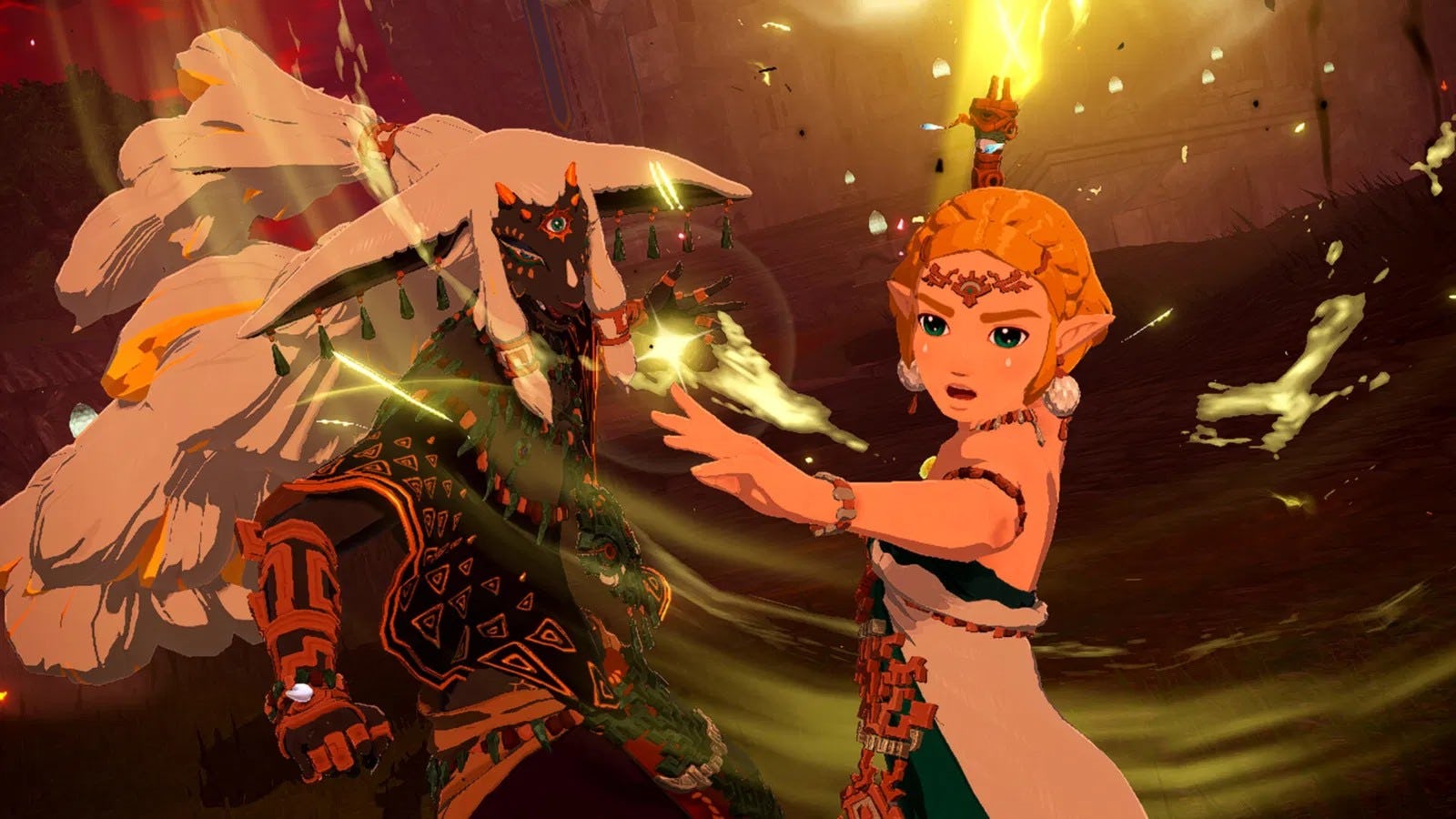
The main story also benefits from that killer feature I mentioned at the beginning, a handful of missions that literally turn the game into Star Fox. These rail shooter segments have you flying through the air as the Construct, and they play, literally, exactly like a Star Fox game does.
These missions are legitimately so good that I desperately wish there were more of them, or even an entire game based around them. While I’m admittedly desperate for any scrap of Star Fox, I think the mechanics of a rail shooter are executed extremely well here, and even better is that these sections play directly into the other strongest aspect of the game — that dynamic between Calamo and the Construct. It’s a brilliant way to break up the monotony of battle after battle, even if it doesn’t completely fix the problem.
To The Future
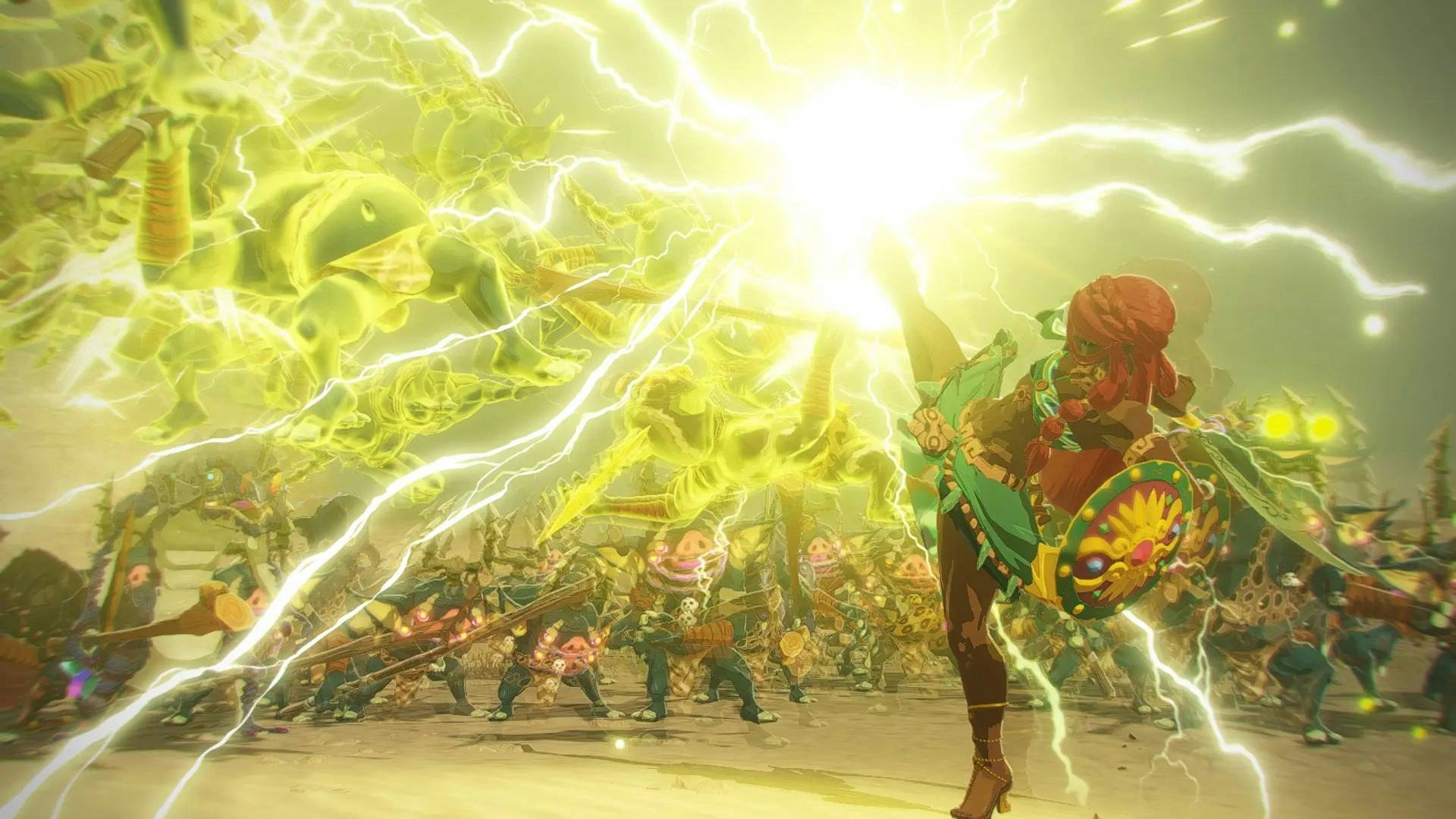
Koei Tecmo has been on a roll with Warriors games in recent years — including the phenomenal Dynasty Warriors: Origins earlier this year. But Age of Imprisonment is one of the best examples yet of how its Warriors formula can creatively be applied to other series — smartly using the story, setting, and mechanics of Zelda to create something unique. It makes me hopeful for the future and how Warriors spinoffs could be used for nearly boundless other series. (I’d sell my soul for a Xenoblade Warriors.)
But, at the same time, it feels like Age of Imprisonment is a sweet sendoff to the era of Zelda started by Breath of the Wild. It’s a final chance to spend time with these characters, and in that way, it helps make this world feel even richer. Age of Imprisonment is proof of how integrally Zelda and even Nintendo itself has changed over the last decade — a company now fully embracing partnerships to enrich its series, and it’s working.
I might hesitate to call Age of Imprisonment an “essential” Switch 2 game, but it’s a crucial piece of giving the system a strongly varied first-year lineup. And, more than anything, it makes me excited to see the future of Koei Tecmo and Nintendo’s budding relationship.
8/10
Hyrule Warriors: Age of Imprisonment launches Nov. 6 exclusively for Nintendo Switch 2. Inverse was provided a code for this review.
INVERSE VIDEO GAME REVIEW ETHOS: Every Inverse video game review answers two questions: Is this game worth your time? Are you getting what you pay for? We have no tolerance for endless fetch quests, clunky mechanics, or bugs that dilute the experience. We care deeply about a game’s design, world-building, character arcs, and storytelling come together. Inverse will never punch down, but we aren’t afraid to punch up. We love magic and science-fiction in equal measure, and as much as we love experiencing rich stories and worlds through games, we won’t ignore the real-world context in which those games are made.
